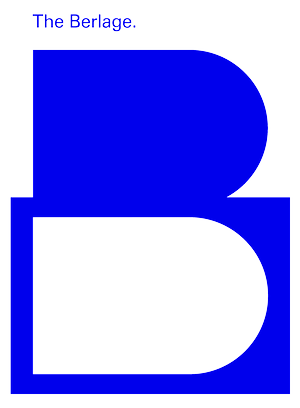
Substation
Institution, Underground, Generation, Transmission, Distribution, Metropolitan, Tokyo, Paris, Transportation, Infrastructure, Company, Illustration
A mysterious underground infrastructure is buried under the Koyasan Tokyo Betsuin temple. It’s a TEPCO electrical distribution substation that has supplied electricity for Minato Ward, Meguro Ward, Shinagawa Ward, and Ota Ward since 1980. The size of this substation is about half as large as Tokyo Dome, and it is 36 meters underground. Due to the limited amount of land in urban areas available for use, TEPCO has installed underground distributions substations in some 200 locations such as under office buildings, schools, and temples1. This kind of underground low-voltage substations contains transformers, gas-insulated, high-voltage switchgear (GIS), medium-voltage switchgear, automation, protection and control systems, auxiliary equipment for station services, AC and DC distribution boards, batteries, ventilation and air-conditioning systems and fire protection systems2. Another kind of underground substations are the high-voltage transmission substations, which are involved both in the Tokyo and Paris metro system. These substations transform and transmit electricity for the third-rail system and rigid overhead lines when generating electrical power for Paris and Tokyo’s metro railways. Transmission substations are placed along the underground tunnels, sometimes in the metro stations and sometimes in between them. To be able to build these large underground infrastructures the Tokyo Metropolitan Government and RETP excavated the tunnels with the shield drilling method wherein a pipe is horizontally drilled into the earth. These buried tunnels communicate the high and low-voltage distribution line, traffic lights, train radio inductive line, connecting transmission line, tunnel lighting, reinforced concrete segment, wayside phone, signal cable and communication cable, impedance bond, and high-voltage distribution. EDF and TEPCO are the companies in charge of supplying electrical power to the metro system efficiently, locating strategically the location of substations.
1. Tokyo Electricity Power Company Holdings, “Substations”. Accessed on March 14, 2020. https://www7.tepco.co.jp/about/facilities/substations-e.html
2. Tokyo Electricity Power Company Holdings, “Corporate information”. Accessed on March 16, 2020. https://www4.tepco.co.jp/en/corpinfo/consultant/benefit/3-consul-e.html
See ephemera: 4
Institution, Underground, Generation, Transmission, Distribution, Metropolitan, Tokyo, Paris, Transportation, Infrastructure, Company, Illustration
A mysterious underground infrastructure is buried under the Koyasan Tokyo Betsuin temple. It’s a TEPCO electrical distribution substation that has supplied electricity for Minato Ward, Meguro Ward, Shinagawa Ward, and Ota Ward since 1980. The size of this substation is about half as large as Tokyo Dome, and it is 36 meters underground. Due to the limited amount of land in urban areas available for use, TEPCO has installed underground distributions substations in some 200 locations such as under office buildings, schools, and temples1. This kind of underground low-voltage substations contains transformers, gas-insulated, high-voltage switchgear (GIS), medium-voltage switchgear, automation, protection and control systems, auxiliary equipment for station services, AC and DC distribution boards, batteries, ventilation and air-conditioning systems and fire protection systems2. Another kind of underground substations are the high-voltage transmission substations, which are involved both in the Tokyo and Paris metro system. These substations transform and transmit electricity for the third-rail system and rigid overhead lines when generating electrical power for Paris and Tokyo’s metro railways. Transmission substations are placed along the underground tunnels, sometimes in the metro stations and sometimes in between them. To be able to build these large underground infrastructures the Tokyo Metropolitan Government and RETP excavated the tunnels with the shield drilling method wherein a pipe is horizontally drilled into the earth. These buried tunnels communicate the high and low-voltage distribution line, traffic lights, train radio inductive line, connecting transmission line, tunnel lighting, reinforced concrete segment, wayside phone, signal cable and communication cable, impedance bond, and high-voltage distribution. EDF and TEPCO are the companies in charge of supplying electrical power to the metro system efficiently, locating strategically the location of substations.
1. Tokyo Electricity Power Company Holdings, “Substations”. Accessed on March 14, 2020. https://www7.tepco.co.jp/about/facilities/substations-e.html
2. Tokyo Electricity Power Company Holdings, “Corporate information”. Accessed on March 16, 2020. https://www4.tepco.co.jp/en/corpinfo/consultant/benefit/3-consul-e.html
See ephemera: 4


